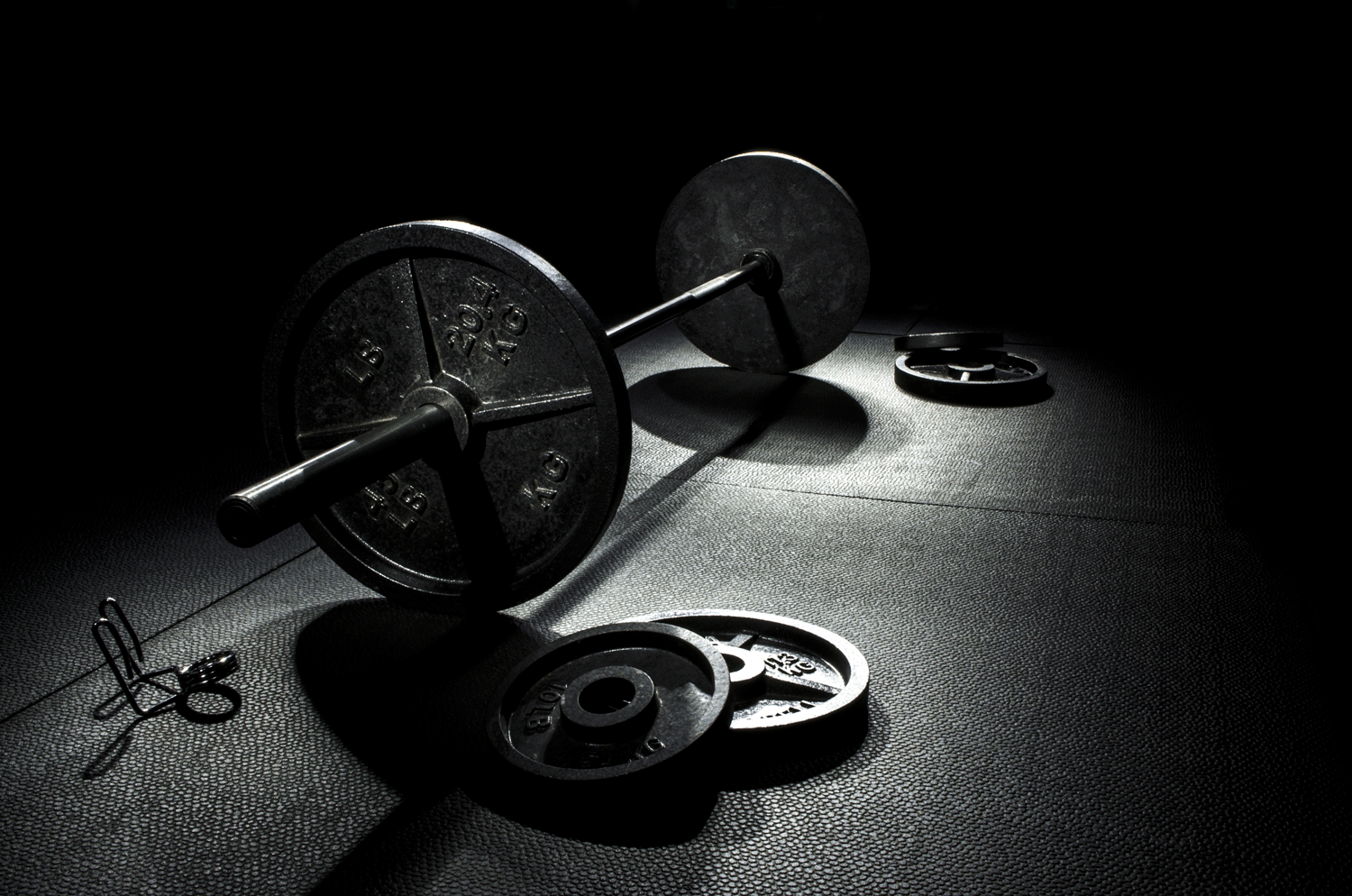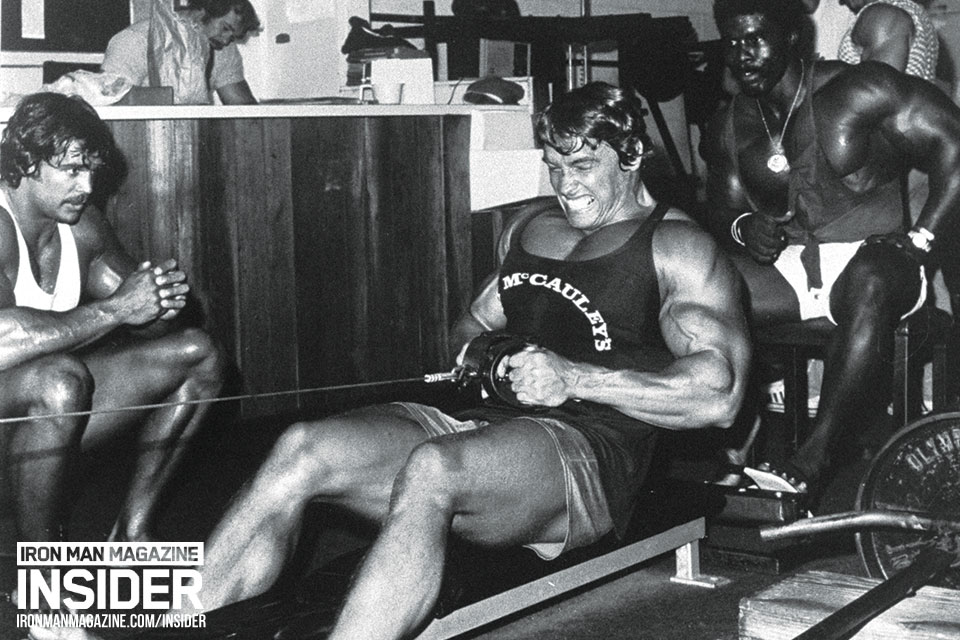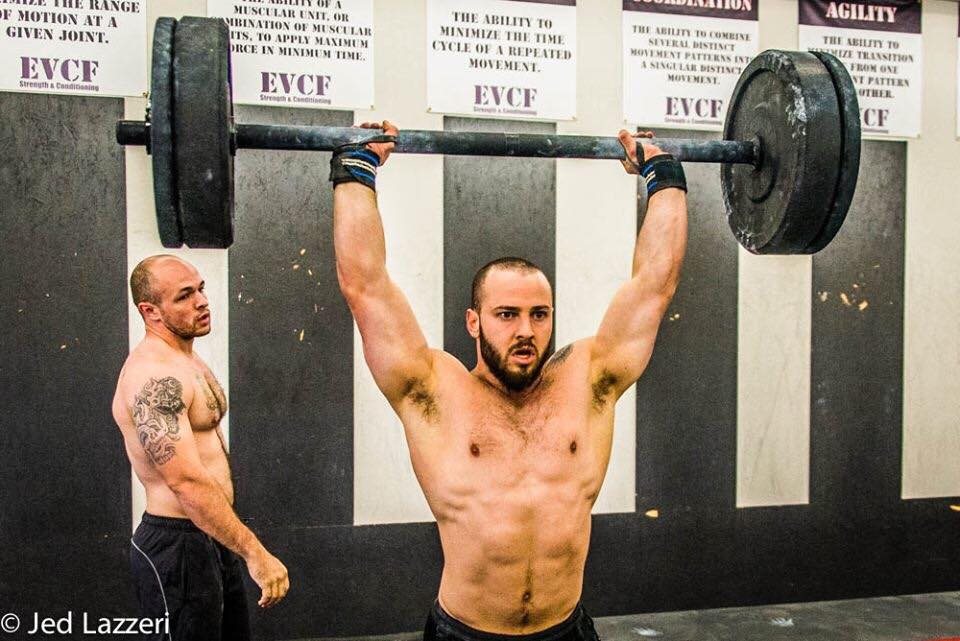In the weightlifting community, we see a devout respect for the all-important technique. We all know that the elite possess a wonderful blend of speed, technique, and strength. Speed is largely a product of your genetics, and strength is built by plain hard work. So, for many lifters, their primary focus becomes technical proficiency. Unfortunately, many go about this the wrong way
First, we need to understand that technique work varies tremendously depending on the experience and proficiency of the lifter. Beginners need a huge volume of the competition lifts—that is, the snatch and clean & jerk, or “squat snatch” and “squat clean & split jerk,” if you need the clarification. Doing the lifts consistently from the floor helps develop a feel for the entire pull and helps eliminate the pause at mid-thigh that many casual lifters acquire. Lifts from the blocks and hang (almost always high blocks or high hang) are appropriate in the middle of a session to clear up abnormalities, but the full lift deserves the majority of your focus. Doing the full lift instead of the power versions will build a feel for completing the pull and actively using the arms and upper back to get under the bar like greased lightning. It should be noted that we build the feel of pulling under the bar in beginners with appropriate weight, not by cutting the pull. As such, power versions followed by an immediate squat may be needed for some to teach an aggressive pull with the upper body at the finish. Regardless, beginners need a ton of volume in the lifts and percentages are meaningless for them anyway.
On the opposite end of the spectrum, advanced lifters have already ingrained their technique. They can snatch 80% in a blindfold. This does not mean that they should. Much like the “no-hands” squat, this is a parlor trick, and the YouTube popularity of such nonsense baffles me. Regardless, these lifters don’t need technique work in the common sense of the word. They need volume and load to get stronger in the lifts. In fact, advanced lifters and beginner lifters may have training schedules that look similar on paper, but differ exponentially in load and the effect on the body.
The focus of this article is training for intermediate weightlifters. Intermediate lifters are at a stage in their career where the gains have slowed and PRs in the lifts are cause for celebration and beer. As such, their training has to change for a multitude of reasons. I won’t explore those reasons. Instead, we’re going to talk about how intermediates continue to improve their technique.
There are two valid ways for intermediates to work their technique. The first is a high volume of the competition lifts in a semi-fatigued state. This is absolutely not 30 lifts for time, but closer to 10-20 lifts on the minute or every other minute at 80%-90%. As fatigue sets in, the body tends to find the most efficient way to move the weight. If the lifter begins picking up bad habits halfway through, this method is not appropriate for that lifter. Note that this method requires a heavier load than the common 50-70% given for “technique work”. Such loads are not heavy enough to have a carryover to the competition platform. Weightlifters need to feel the weight and feel the exertion of heavy lifts. No matter the level of fatigue, 60% is not an effective stimulus for beneficial physiological or psychological adaptation. Likewise, limit attempts are not effective for this approach. Inappropriate things happen at limit attempts, and that’s okay. It’s in pushing to max too often that makes these errors become bad habits.
The second method, and a favorite of mine, is using accessory movements at heavy loading to mimic parts of the full lift. This may mean using the muscle snatch to teach proper bar path and upper body pull. It may include going heavy on high hang work to learn to pull under quickly, flat-footed jumps with weight to teach the mechanics of the second pull, snatch/jerk balances to teach the arm movement, jerk recoveries to teach….the jerk recovery.*
The benefit of this approach is that a more significant strength adaptation occurs in the lifter due to the heavy loading of the movement. By reinforcing proper technique and getting generally stronger, we kill two birds with one stone. This approach also provides a significant psychological boost for the lifter and coach since PRs in these accessory lifts can be achieved with much more regularity than the competition lifts. It should be noted that if the lifter begins to pick up bad habits in the competition lift, this approach should not be pursued. A fitting example is a lifter that overuses the muscle snatch and begins to spend too much time at the extension of the snatch. This problem can likely be remedied by balancing muscle snatch work with high hang snatch work and snatch balances, but it is up to the discretion of the coach which route to take.
Of course, these approaches are not mutually exclusive. They can be combined or ignored, but it is likely that each lift for each athlete will benefit from one approach a bit more than the other. A lifter may respond well to segmented work for his snatch, but his jerk only improves with a heavy exposure to the jerk, for example.
Wrapping up, we can boil the point of this article down to a couple sentences: If you want to look like a fantastic lifter in the warm-up room, do your “technique work” at 60%. If you want to be competitive on the platform, throw out the common advice and approach the problem differently. Be savage. No one who has ever stood on the podium cares about how smooth he looks lifting light weight; it’s how he moves under pressure that matters.
The one caveat is that heavy pulls should be viewed as strength work, not technique work. Pulls for technique should be weighted based on the power version of the lift to ensure proper positioning. The exception is partial pulls to the knee or below the knee. These can be weighted heavier and still have technique value for some lifters, but it depends on the weakest part of the pull for the individual.
Jeremy Shepard grew up around a powerlifting gym, which sparked his fascination with physical culture. As a child, he was exposed to gymnastics and martial arts, which led to powerlifting and then weightlifting as an adult. Jeremy has been a competitive weightlifter since 2008. In 2009, he began coaching in the sport, and became a National Coach in 2011. He has earned degrees in Applied Mathematics and Molecular Biology from Auburn University and now coaches at Crossfit Black Knight and East Alabama Weightlifting in Auburn, AL.



